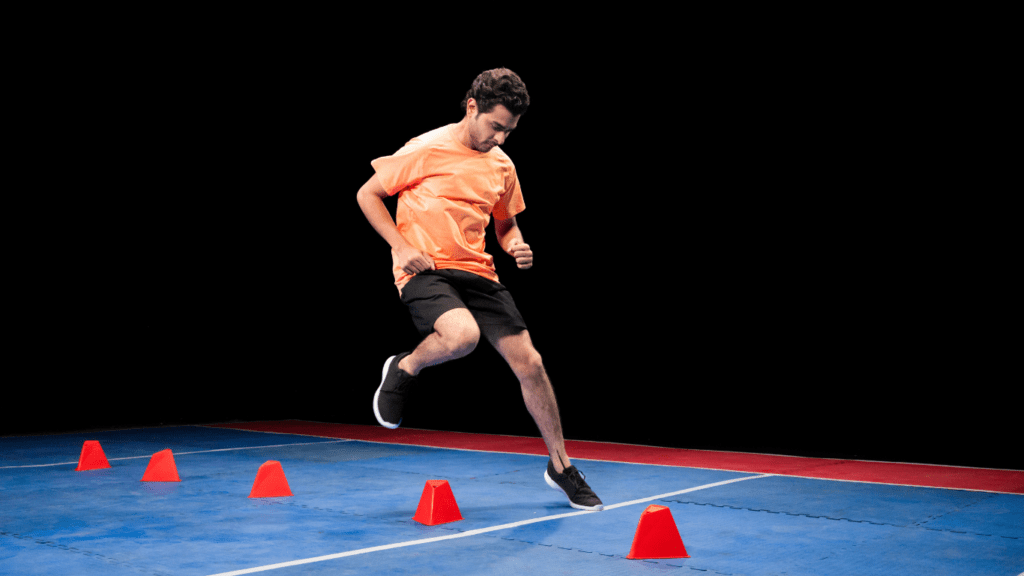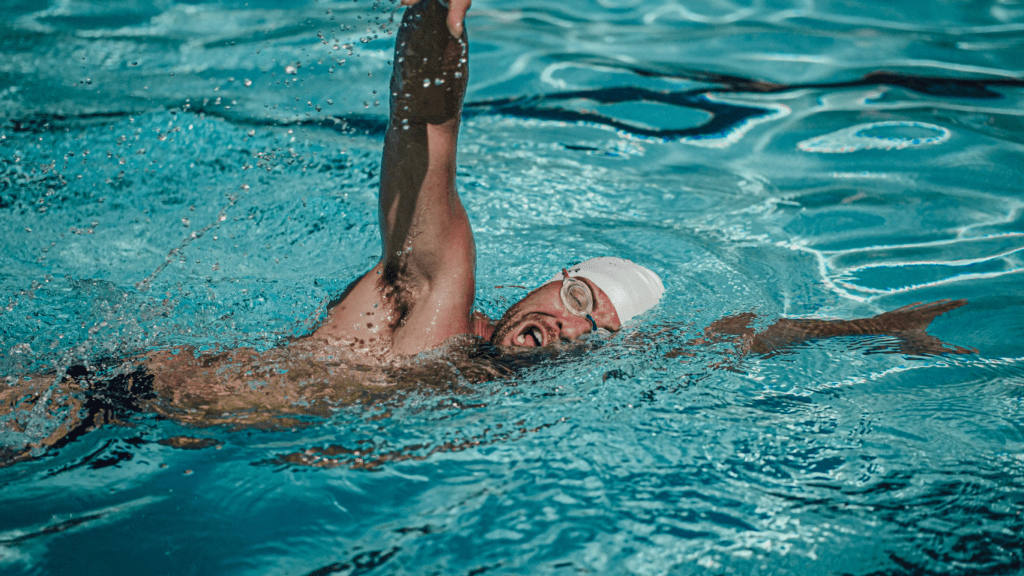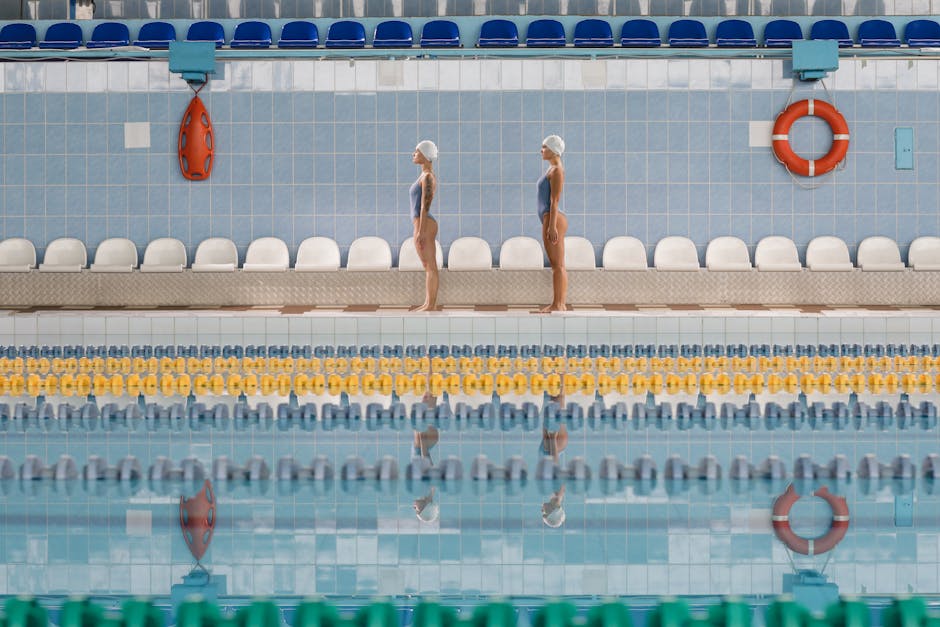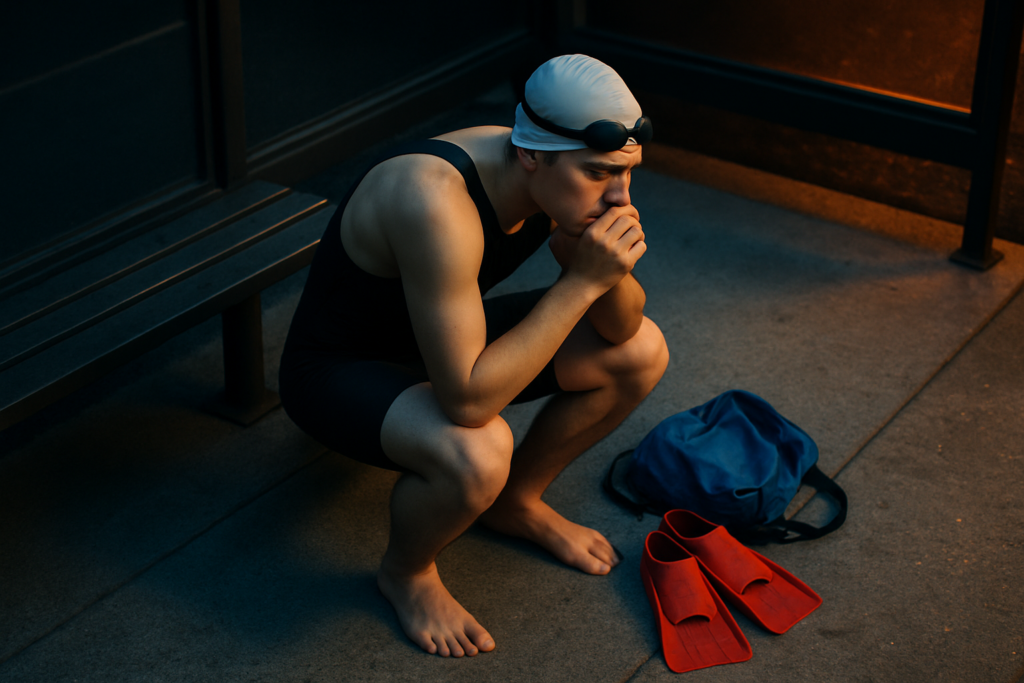As a seasoned swim coach, I’ve witnessed firsthand the transformative power of visualization exercises on enhancing swimmers’ performance in the water. Visualizing each stroke, kick, and turn can make a significant difference in an athlete’s overall technique and mindset. In this article, I’ll delve into the world of visualization techniques tailored specifically for swimmers looking to take their skills to the next level.
Whether you’re a competitive swimmer aiming for the podium or a recreational swimmer seeking improvement, incorporating visualization exercises into your training routine can boost your performance and confidence. By mentally rehearsing races, perfecting form, and overcoming challenges in your mind’s eye, you can prime your body for success when it’s time to hit the pool. Join me as we explore the art of visualization for swimmers and unlock the secrets to achieving peak performance in the water.
Benefits of Visualization Exercises for Swimmers
Visualizing success in swimming offers numerous advantages that can significantly enhance performance and mindset. Let me delve into the psychological impact and physical technique improvement resulting from incorporating visualization exercises into your training routine.
The Psychological Impact
- Visualizing your swimming techniques and race strategies can bolster confidence and mental preparation.
- By picturing success in competitions, swimmers can reduce anxiety and enhance overall focus.
- The mental rehearsal involved in visualization exercises can instill a winning mentality and promote a positive outlook.
- Visualization helps in refining stroke mechanics, kicking efficiency, and turn execution through mental practice.
- By visualizing each component of swimming, swimmers can identify areas for improvement and perfect their technique.
- Incorporating visualization exercises into training routines can lead to enhanced muscle memory and more precise movements in the water.
Key Visualization Techniques
I’ll delve into two essential visualization techniques that can significantly benefit swimmers in enhancing their performance and achieving success.
Mental Rehearsal of Races
Visualizing race scenarios allows swimmers to mentally prepare for the competition. By vividly imagining themselves diving into the water, executing perfect strokes, and touching the wall at the finish line first, swimmers can enhance their confidence, reduce pre-race anxiety, and improve their focus during the actual race. This technique helps in mentally rehearsing the race strategies, visualizing potential challenges, and envisioning successful outcomes, leading to better performance on the big day.
Relaxation and Focus Methods
Incorporating relaxation and focus methods into visualization exercises can further amplify their effectiveness. Techniques such as deep breathing, progressive muscle relaxation, and positive self-talk can help swimmers stay calm, centered, and focused while visualizing their swimming routines. By practicing these relaxation methods alongside visualization, swimmers can enhance their overall mental preparedness, reduce stress levels, and optimize their focus on key aspects of their performance.
Implementing Visualization in Training Regimens

Visualizing techniques play a crucial role in enhancing a swimmer’s performance. Incorporating visualization exercises into training regimens can significantly impact an athlete’s mindset and preparation. Let’s explore how to effectively integrate visualization into swimming training.
Integration with Physical Training
When integrating visualization with physical training, it’s essential to align the mental imagery with the actual movements executed during practice sessions. As I engage in my physical training routine, I visualize each stroke, kick, and turn with precision. This synchronization between mental rehearsal and physical practice enhances muscle memory, improves technique, and boosts overall performance in the water.
Scheduling for Maximum Effect
To maximize the benefits of visualization exercises, proper scheduling is key. I find dedicating a few minutes before or after each training session to visualize my races and key performance goals extremely beneficial. By setting aside specific time slots for visualization, I ensure that it becomes a consistent part of my training regimen. This regular practice not only enhances my mental preparedness but also reinforces positive habits that contribute to my success as a swimmer.
Case Studies of Successful Swimmers
I’ve delved into case studies of successful swimmers to showcase the real impact visualization exercises can have on their performance. Let’s explore how Olympic swimmers and their testimonials reveal the effectiveness of incorporating mental rehearsal into their training routines.
Olympic Swimmers’ Testimonials
Listening to Olympic swimmers share their experiences with visualization exercises provides valuable insights into how this mental practice contributes to their success. For instance, gold medalists often attribute their achievements not just to physical training but also to the mental imagery of perfecting each stroke and turn. It’s inspiring to hear how visualization aids these elite athletes in maintaining focus and executing flawless techniques under pressure.
Impact on Performance Metrics
Analyzing the performance metrics of swimmers who actively engage in visualization exercises reveals tangible improvements in various aspects of their swimming abilities. Studies have shown that swimmers who regularly visualize their races tend to exhibit better stroke efficiency, more precise turns, and overall enhanced swimming performance. By aligning their mental imagery with physical execution, these swimmers create a powerful synergy that elevates their muscle memory and technique, ultimately translating into superior performance outcomes.


 is a dedicated fitness enthusiast with a deep-seated passion for swimming and holistic health. Leveraging her extensive background in competitive swimming and personal training, she provides readers with expert advice on optimizing their workouts and enhancing their overall well-being. Kiara's writing stands out for its blend of motivation and practical tips, making complex fitness concepts accessible and actionable. She is committed to helping individuals of all levels reach their fitness goals by promoting a balanced approach to exercise and nutrition. In her articles on Swim Fast Stay Fit, Kiara shares her personal experiences, training techniques, and strategies for overcoming common fitness challenges, inspiring others to lead healthier and more active lives.
is a dedicated fitness enthusiast with a deep-seated passion for swimming and holistic health. Leveraging her extensive background in competitive swimming and personal training, she provides readers with expert advice on optimizing their workouts and enhancing their overall well-being. Kiara's writing stands out for its blend of motivation and practical tips, making complex fitness concepts accessible and actionable. She is committed to helping individuals of all levels reach their fitness goals by promoting a balanced approach to exercise and nutrition. In her articles on Swim Fast Stay Fit, Kiara shares her personal experiences, training techniques, and strategies for overcoming common fitness challenges, inspiring others to lead healthier and more active lives.
